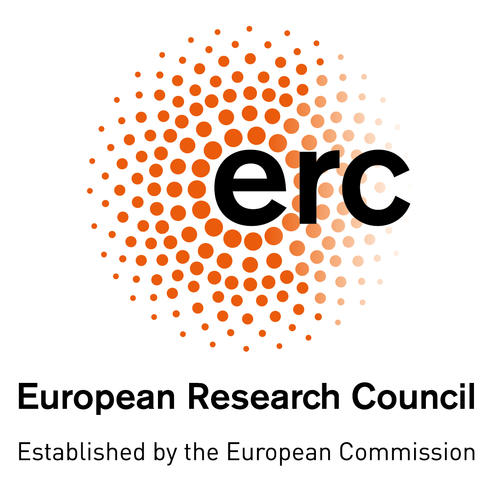Experimental Research
The neurocomputational devices used in MatCo allow for detailed modelling of the brain correlates of words and concepts. The biological constraints placed on the models make it likely that model behavior is close to real brain mechanisms. But how can we test whether this is indeed so or not?
In the MatCo project, we perform language experiments and measure the partaking subjects’ behavior and their brain responses. Regarding the brain responses, three different methods will be applied: EEG, ECoG, and fMRI.
With high resolution electroencephalography or EEG, neurophysiological activity is taken non-invasively from the surface of the head. The neurophysiological measures have precise time resolution in the millisecond range. However, the sources in the brain which generate EEG activity are difficult to determine. Mathematical techniques are necessary for this, and these come with a degree of uncertainty.
Functional magnetic resonance imaging (fMRI) has precise spatial resolution and can localize cortical sources with millimeter precision. However, in this case temporal resolution is the problem, as the hemodynamic response, which is measured by this method, is sluggish.
Electrocorticography or ECoG, which records neurophysiological activity directly on the surface of or even in the brain, has a potential of overcoming both limitations, but the main problem here is that, in humans, this method can only be applied in neurological patients undergoing surgery so any data come from brains with severe malfunction.
By integrating data from different measures, it is possible to obtain some insights into the workings of the human brain, including its processing of language. In the MatCo project, we try to compare data from different experimental methods with those generated by brain-constrained neural networks meticulously implementing some relevant aspects of human brain anatomy and function.

